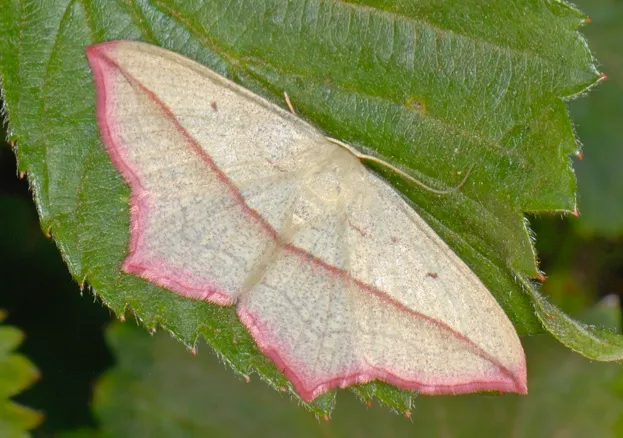Moths are renowned worldwide for their tendency to make a beeline towards bright lighting at any cost.
However new research shows that this characteristic behaviour could be causing catastrophic population declines across several European countries, including Great Britain and the Netherlands.
“Nocturnal animals are more and more confronted with increasing illumination of the environment by artificial light,” says Professor Frank van Langevelde from Wageningen University.
“Our study for the first time indicates artificial lighting as a driver of moth population declines in extensively illuminated countries such as the Netherlands.”

The blood-vein moth is fairly common in the southern counties of England and Wales © Ab Baas
The rise in global levels of artificial night lighting has been measured at 6 per cent average annual increase, causing reduced foraging and reproduction for moths, reduced pollination, and increased mortality.
City-dwelling species already withstand enormous pressures not faced by their wilder counterparts, such as increased noise, air pollution and infrastructure.
In a study on urban moth populations spanning 30 years, the researchers discovered, for the first time, a net increase in urban expansion (31 per cent) and night time light emission correlating with severe nocturnal moth decline.
Moths make up a large percentage of the diet of other urban birds and mammals, meaning their decline can result in reduced food availability, and even trigger trophic collapse in serious cases.
It is not fully understood why moths move towards light. Multiple theories on the disruption of their internal navigation systems have been proposed, as well as artificial light bearing resemblance to female sex pheromones.
This recent research highlights the importance of using bulbs that do not attract insects and therefore controlling the overall levels of light pollution in urban environments in an attempt to reverse these moth declines.